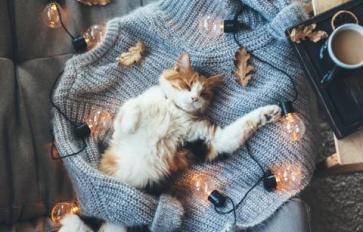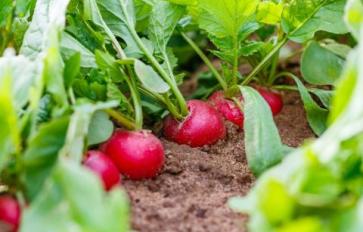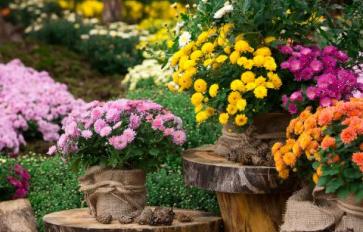
Our concept of food runs the gamut from roots to genetically engineered food. While some may consider one more appetizing than the other, there is a clear boundary between edible and poisonous. So when a friend of mine loved his meal so much while dining out that he decided to finish off the plate by eating the decorative flowers, it got me thinking about our concept of edible. Yes, flowers are edible. But how often do we make a stop at the grocery store for some marigolds or pick up pansies for dinner?
Truth is, there is a multitude of flowers out there that are edible. Some we eat without even realizing it's a flower at all. Take broccoli for instance. The florets are nothing more than the unopened buds of a flower. Others may be more recognizable as they are common tea ingredients, such as jasmine or lavender. Herbs produce edible flowers when left to mature. But what about eating bright red, blue, or even purple petals? Take a look around your own backyard. You may have some of these common bloomers which are more then just pretty to look at -- they are edible, too.
Pansies
Pink, red, purple, blue – pansies come in a rainbow of color. If you are looking to add color to your plate, then this is definitely the flower to try. More often than not, pansies are used in decorating plates and discarded as such. But they most certainly are edible! They have a floral flavor that is best paired with sweets. Decorate a cake, make candy, or try them in cupcakes.
Marigolds
Vibrant in color, marigolds do more than protect garden vegetables from insects. They add life to the plate! The petals burst in a vibrant orange color and are a source of antioxidants. Marigolds can be enjoyed both raw and cooked. Add them to a salad, bake them in a cake, or stir some into your stew. Do you have a recipe that calls for saffron? Try marigold instead. It is often used as a saffron substitute, contributing a slightly bitter, herbaceous flavor.
Borage
Brilliant blue may not scream edible, but these star shaped flowers are. Having a slight peppery flavor, they can add character to your meal. Garnish a soup or top off a salad. Or even make a borage salad! The greens have a cucumber-like flavor. Whichever recipe you choose to experiment with, it will certainly change your idea about eating the color blue.
Hibiscus
With giant petals rich in color, hibiscus can be used in many recipes. It is best, however, when used in preparing teas or infusing drinks. One of my personal favorites is Jamaica. Jamaica is a popular Mexican beverage that can usually be found in restaurants and taco shops. Slightly tart and sweet, the beverage calls for the use of dried hibiscus along with sugar and water. Light and refreshing, it is the perfect accompaniment to any meal on a warm summer day.
When picking out flowers to eat, make sure they are organic. It is not recommended to get them from a nursery or garden center as they tend to have pesticides or chemicals you certainly don't want to ingest. Also, know your allergies! If you aren't sure whether or not a flower is edible, then it is best to leave it for decoration.








